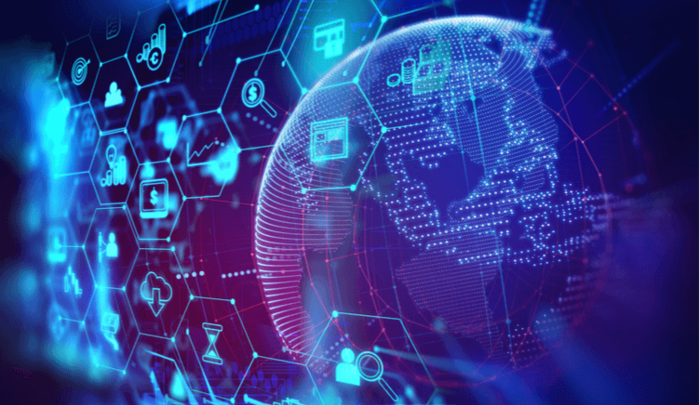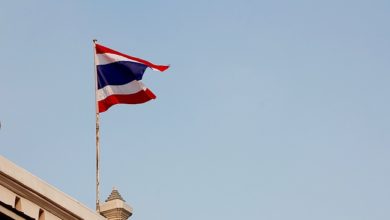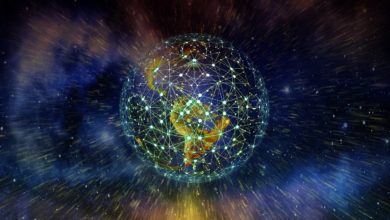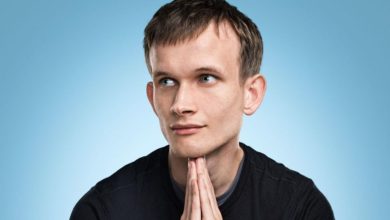Technology
DAOs: Leading the Future of Decentralization

Decentralization is at the core of cryptocurrency and blockchain development. A movement away from centralized control and giant organizations which influences everything from the global economy to our daily actions. The concept of a Decentralized Autonomous Organization (DAO) is one part of this technological progression.
What is a DAO?
A DAO is an organization where data, transactions, rules, and the method of governance, all reside on a blockchain. Control of the organization is decentralized amongst its participants and out of the power and influence of the hierarchies seen in traditional corporates or the governments that regulate them.
The main idea of a DAO is that it operates via a pre-programmed and digitalized or blockchain-based set of rules. It functions independently and autonomously following these rules. Its coordination or control is via a consensus protocol, a method of voting by stakeholders or network participants.
A DAO requires an element of value, a token or a cryptocurrency, that can be used to exchange value, reward users and contributors, or attribute voting rights for stakeholders. Token owners are those that, through a voting mechanism, reasonably control the operation of the DAO and its development.
DAOs can initially go through a period of creation, development, and funding, much like a blockchain. The principle is that once a DAO is operational any creators’ step backhanding full control to participants and token owners.
DAOs are a developing concept and their exact make-up and progression, like with blockchains, is still evolving. However functional DAOs are emerging, and their development could help to advent a future of decentralization.
DigixDAO
One DAO in operation is DigixDAO, created by its Digix founders in Singapore in 2014. They funded the project through an ICO in 2016 that raised more than $5 million in 12 hours. Now operating two cryptocurrencies, it’s Ethereum’s first major distributed autonomous organization. The first, DGD, is an Ethereum ERC 20 token which governs the Digix network. It’s the DGD holders or owners that have the power to vote on DigixDAO’s development.
DigixDAO’s purpose was to create a cryptocurrency backed by physical gold. DigixDAO wanted to make it easier for their users to own gold assets and at the same time bring stability to the crypto ecosystem by backing their units to gold reserves. The resulting Digix Gold Token (DGX) is “commodity token” and is each backed by 1g of gold. Holders can use DGD to vote and to claim rewards on transactions fees in the form of DGX.
Because it is tied to gold, DigixDao promises a secure future to its holders. They bet on building on the Ethereum’s blockchain, which has proven to be the best platform for smart contracts so far.
DAOstack
Launched in 2018, DAOstack pitches itself as an “operating system” for the governance of DAOs. Kind of like a WordPress for DAOs, in their own words. They offer aspiring DAO developers a plug and play model to build their own DAO including setting out the structure and adding tokens to facilitate voters and users. Also, open-source creators from all over the world can work jointly on DApps using DAOstack’s platform.
DAOstack users can pick the modules that fit their needs to create a DAO. DAOs built with DAOstack are interoperable, forming an ecosystem where participants can interact. The platform has two tokens: DAO stack system and the Gen Token. The former is seen as a “reputation token”, which determines the strength of the voice, and the second one can be used to participate in offers in the ecosystem.
Dash
The cryptocurrency Dash, originally Xcoin in 2014, was a fork of the Bitcoin blockchain. It changed names to Darkcoin the same year, and in 2015 it was finally rebranded as Dash. They were in the top 20 cryptocurrencies in 2018, and its network is a DAO.
They advocate as a peer-to-peer decentralized electronic cash. Like BTC, Dash is open source and has its own blockchain. Control of Dash is performed by a set of users who operate “masternodes” on the network. These masternodes validate the Dash blockchain and act like shareholders governing the operation of Dash. The Dash DAO also funds other projects with 10% of mining revenue from the network. The masternode operators vote to decide where these funds are invested.
Dash is designed to have a total supply of 18 million coins, and at the beginning of the year, the circulation supply was 7.4 million.
MakerDAO
MakerDAO offers “stability for the blockchain”. They are the company behind the Dai stablecoin, which is valued at $1. The Maker Platform has two coins: the Makercoin (MKR), used for governance of the network and to control the operation and creation of the second coin, Dai (DAI). While the MKR is used to pay fees on loans and
Backed by USD reserves and its network, the DAI Stablecoin System is a decentralized platform which uses Ethereum. The Dai provides stability in the face of the crypto market’s volatility. If the market is stable, so is Dai. It automatically reacts to changes in the market to keep the prices against other currencies stable.
TheDAO
The most famous, and first DAO, TheDAO failed. It raised $150 million in just weeks but was subsequently hacked losing $70 million worth of Ethereum. This led to the Ethereum fork which created ETH and ETC.
TheDAO should have been a decentralized entity to raise capital for blockchain, cryptocurrency, and other decentralized projects at a time when capital was first flowing freely into the sector.
DAO holders would have had voting rights and the ability to direct the project’s plans. After the hack, TheDAO also came under the scrutiny of the US Securities and Exchange Commission (SEC) for violation of federal securities laws.
Since its failure, blockchain, DAO, and cryptocurrency developers have taken away valuable lessons, and the project serves as an example to the industry.
Conclusion
DAOs are good examples of how to run a company’s decentralized governance and provide a stable alternative to cryptocurrencies at the same time. For many, they represent the idea of a leaderless organization, inspired by bitcoin’s operation without a financial middleman. We’re not sure of what the future holds, however it is promising.
Related article: 2019 – The Year of Stablecoins?


